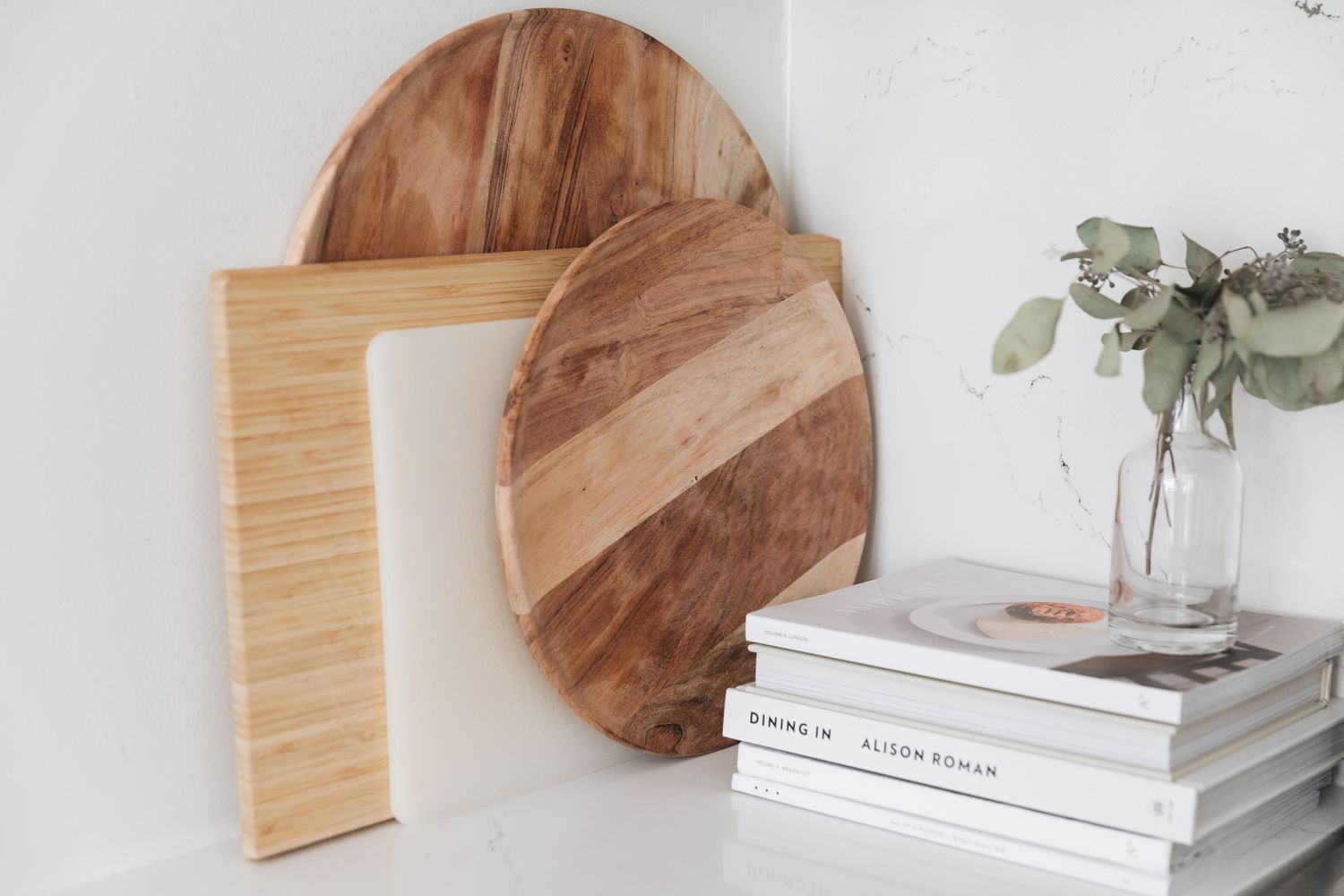

Articles
How To Store Cutting Board
Modified: May 4, 2024
Learn the best ways to store and maintain your cutting board with our informative articles. Find out how to keep it clean and extend its lifespan.
(Many of the links in this article redirect to a specific reviewed product. Your purchase of these products through affiliate links helps to generate commission for Storables.com, at no extra cost. Learn more)
Introduction
Welcome to our comprehensive guide on how to store a cutting board. Whether you’re an avid home cook or a professional chef, proper storage of your cutting board is crucial to maintaining its longevity and functionality. By following the right storage practices, you can ensure that your cutting board remains in pristine condition and continues to provide you with a reliable surface for all your culinary needs.
A cutting board is an essential tool in any kitchen, used for various food preparation tasks such as chopping, slicing, and dicing. It comes in different materials, including wood, plastic, and bamboo, each with its own set of advantages and considerations. Regardless of the material, all cutting boards require proper care and maintenance to prevent damage and the growth of harmful bacteria.
In this article, we will explore the importance of choosing the right cutting board, the steps to clean and prepare it for storage, and the best practices for storing it to ensure its longevity. We will also discuss various factors to consider when selecting a storage location and provide alternative storage methods for those with limited space.
By following the tips and techniques shared in this article, you can extend the lifespan of your cutting board, minimize the risk of cross-contamination, and maintain a hygienic and efficient kitchen workspace.
Key Takeaways:
- Choose the right cutting board based on material, size, and knife-friendliness to ensure a pleasurable and efficient cutting experience that suits your cooking style and preferences.
- Properly clean, disinfect, and season your cutting board before storing it vertically or flatly in a hygienic, stable, and accessible location, or consider creative alternative storage methods for limited space.
Read more: How To Cut Decking Boards
Choosing the Right Cutting Board
When it comes to selecting a cutting board, there are a few factors to consider to ensure you make the right choice for your needs:
- Material: There are various materials available for cutting boards, including wood, plastic, bamboo, and glass. Each material has its pros and cons. Wood is a popular choice due to its durability and natural antimicrobial properties, but it requires more maintenance. Plastic is lightweight, easy to clean, and affordable. Bamboo is an eco-friendly option that is both durable and gentle on knife blades. Glass cutting boards are hygienic and easy to clean, but they can dull knives quickly.
- Size: The size of the cutting board should depend on your kitchen space, the types of food you typically prepare, and the cutting techniques you use. A larger cutting board provides more surface area for working with ingredients, while a smaller board may be more suitable for limited counter space.
- Thickness: Consider the thickness of the cutting board. Thicker boards are generally more durable and less likely to warp over time.
- Knife-friendly surface: It’s important to choose a cutting board that is gentle on your knives. Softer materials, like wood and bamboo, are less likely to dull the blades compared to harder surfaces like glass or marble.
- Personal preference: Ultimately, your personal preferences and cooking style should dictate your choice of cutting board. Consider factors such as aesthetics, eco-friendliness, and ease of maintenance.
By taking these factors into account, you can select a cutting board that suits your needs and ensures a pleasurable and efficient cutting experience.
Cleaning and Preparing the Cutting Board
Before storing your cutting board, it’s essential to clean and prepare it properly to maintain a hygienic and safe kitchen environment. Here are the steps to follow:
- Wash the cutting board with hot, soapy water: Start by thoroughly washing the cutting board with hot water and dish soap. Use a sponge or dishcloth to scrub away any food particles, stains, or residue.
- Disinfect with a natural solution: To disinfect the cutting board, you can use a solution of equal parts water and white vinegar or hydrogen peroxide. Apply the solution to the board and let it sit for a few minutes, then rinse it off with water.
- Avoid harsh chemicals: Avoid using harsh cleaning chemicals or bleach on your cutting board, as it can damage the board’s surface and leave behind potentially harmful residues.
- Dry thoroughly: After cleaning, make sure to thoroughly dry the cutting board with a clean towel. Moisture can promote the growth of bacteria and cause the board to warp or crack.
- Season wooden cutting boards: If you have a wooden cutting board, it’s important to season it regularly to maintain its integrity. Apply food-grade mineral oil or a mixture of beeswax and mineral oil to the board’s surface. Let it sit for a few hours or overnight, then wipe off any excess oil or wax.
By following these cleaning and preparation steps, you can eliminate bacteria, stains, and odors from your cutting board, ensuring a clean and safe surface to work on.
Storing the Cutting Board
Proper storage of your cutting board is essential to maintain its condition and prolong its lifespan. Here are some tips for storing your cutting board:
- Vertical storage: One of the best ways to store a cutting board is vertically. This allows air to circulate around the board, preventing moisture buildup and reducing the chances of warping or cracking. You can use a designated cutting board rack or lean the board against the wall in a secure position.
- Flat storage: If vertical storage is not feasible, you can opt for flat storage. Place the cutting board in a clean and dry location, such as a kitchen cabinet or drawer.
- Avoid stacking: Avoid stacking multiple cutting boards on top of each other, especially if they are made of different materials. Stacking can lead to scratches, damage, and the transfer of odors or flavors between boards.
- Avoid extreme temperatures: Do not store your cutting board in extreme temperatures or direct sunlight. High heat can cause warping or cracking, while excessive cold can also damage the board’s integrity.
- Separate raw and cooked foods: It’s important to keep your cutting board separate for raw and cooked foods to prevent cross-contamination. Consider having separate cutting boards for meat, fish, poultry, fruits, and vegetables.
By following these storage practices, you can ensure that your cutting board remains in optimal condition, ready for your next culinary adventure.
After each use, wash the cutting board with hot, soapy water and dry it thoroughly. Store it upright in a well-ventilated area to prevent moisture buildup and potential mold growth. Avoid stacking other items on top of the cutting board to prevent warping.
Factors to Consider in Choosing a Storage Location
When deciding where to store your cutting board, there are a few important factors to consider:
- Accessibility: Choose a storage location that is easily accessible and convenient. You want to be able to retrieve your cutting board quickly and efficiently when you need it.
- Hygiene: Select a storage location that minimizes the risk of contamination. Avoid storing the cutting board near sources of bacteria, such as garbage bins or cleaning supplies. Keep it away from areas where raw meats or other potentially hazardous foods are handled.
- Stability: Ensure that the chosen storage location provides stability for your cutting board. You don’t want it to shift, fall, or come into contact with other objects that could damage it.
- Cleanliness: Maintain a clean storage environment. Dust, grease, and other debris can accumulate on surfaces and transfer onto the cutting board, compromising its cleanliness and safety.
- Away from heat and moisture: Avoid storing the cutting board near heat sources like ovens or stovetops, as excessive heat can warp or crack the board. Similarly, keep it away from areas prone to moisture, such as sinks or dishwashers, to prevent the growth of mold or mildew.
- Adequate air circulation: Allow sufficient air circulation around the cutting board. Moisture trapped in enclosed spaces can lead to bacterial growth and unpleasant odors. Choose a storage location that allows air to flow and keeps the board dry.
By considering these factors, you can select an ideal storage location that promotes hygiene, protects the cutting board from damage, and ensures its longevity.
Read more: How To Cut Hardie Board Siding
Alternative Cutting Board Storage Methods
If you have limited space or prefer alternative storage options for your cutting board, here are a few creative solutions:
- Hanging storage: Install hooks or racks on the kitchen wall or inside cabinet doors to hang your cutting board. This not only saves valuable countertop or cabinet space but also adds a decorative element to your kitchen.
- Under-cabinet storage: Utilize the space beneath your kitchen cabinets by attaching a pull-out cutting board holder or a slide-out tray. This allows you to conveniently store the cutting board and easily access it when needed.
- Foldable cutting boards: Consider using foldable cutting boards made of flexible materials like silicone or plastic. These boards can be easily folded or rolled up for compact storage in drawers or cabinets.
- Magnetic storage: If your cutting board has a metal core, you can take advantage of magnetic storage options. Attach a magnetic strip to the wall or inside a cabinet, and your cutting board will securely cling to it, saving space and keeping it within reach.
- Vertical knife block storage: Some knife blocks come with built-in slots or compartments specifically designed to hold cutting boards. This provides a space-saving solution where you can store both your knives and cutting board together.
By considering these alternative storage methods, you can efficiently store your cutting board without compromising on space or convenience. Choose the method that works best for your kitchen layout and personal preferences.
Conclusion
Proper storage of your cutting board is essential for maintaining its functionality, hygiene, and longevity. By choosing the right cutting board, cleaning and preparing it correctly, and storing it in the appropriate location, you can ensure that your cutting board remains in optimal condition and continues to be a reliable tool in your kitchen.
When selecting a cutting board, consider the material, size, thickness, knife-friendliness, and your personal preferences. Each material has its advantages, so choose the one that suits your needs and preferences the best.
Cleaning and preparing your cutting board involves washing it with hot, soapy water, disinfecting it with a natural solution, and drying it thoroughly. For wooden cutting boards, regular seasoning with food-grade mineral oil or a wax mixture is necessary to maintain their integrity.
When it comes to storage, opt for vertical or flat storage, keeping in mind factors such as accessibility, hygiene, stability, cleanliness, heat, moisture, and air circulation. Separate your cutting boards for different types of foods to prevent cross-contamination.
If you have limited space, consider alternative storage methods like hanging the cutting board, utilizing under-cabinet storage, using foldable cutting boards, or magnetic storage options. These creative solutions can help you maximize space and convenience while keeping your cutting board safely stored.
In conclusion, by implementing the tips and techniques shared in this article, you can store your cutting board effectively and ensure its cleanliness and longevity. Maintaining a well-cared-for cutting board not only enhances your cooking experience but also promotes a hygienic kitchen environment for you and your loved ones. So, take the time to choose the right cutting board, clean and prepare it properly, and store it in the most suitable location. Your cutting board will continue to serve you faithfully for years to come.
Frequently Asked Questions about How To Store Cutting Board
Was this page helpful?
At Storables.com, we guarantee accurate and reliable information. Our content, validated by Expert Board Contributors, is crafted following stringent Editorial Policies. We're committed to providing you with well-researched, expert-backed insights for all your informational needs.
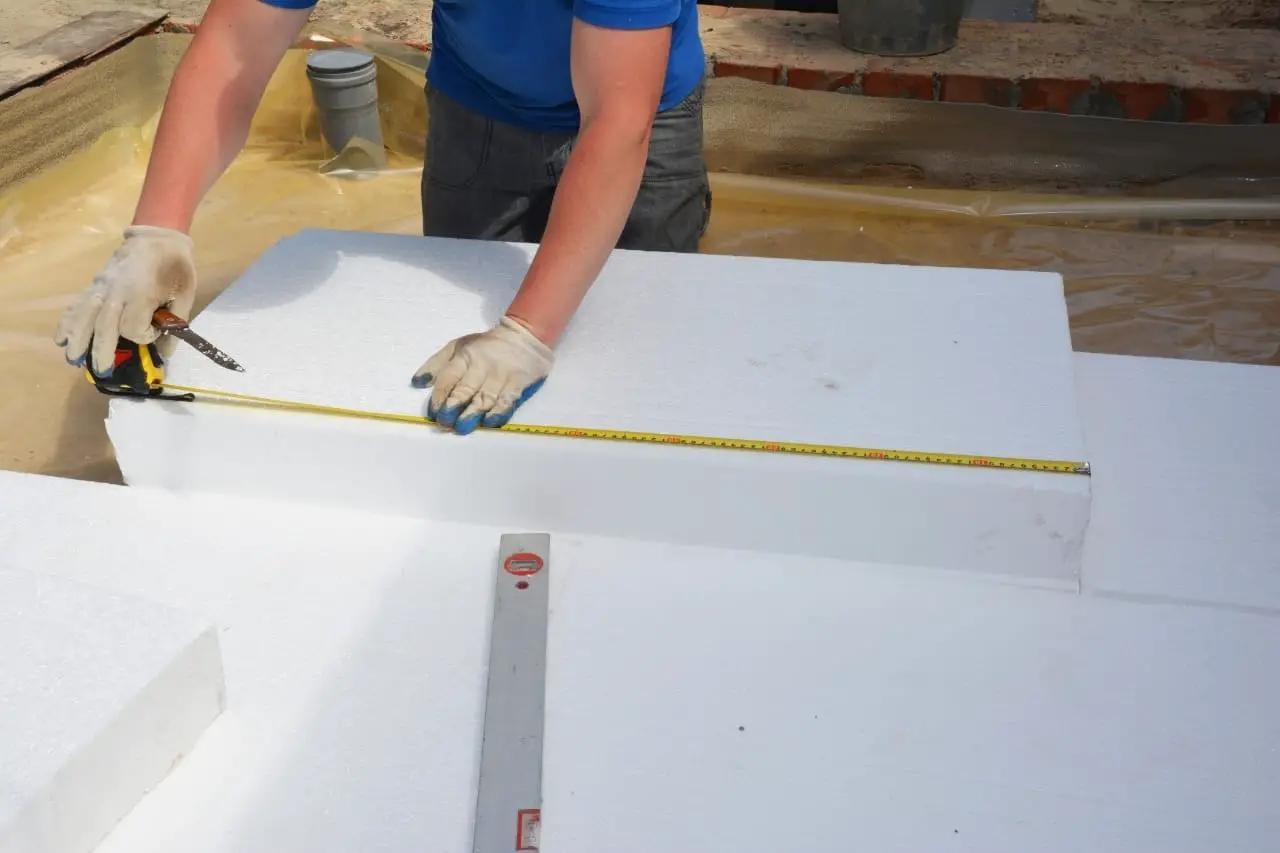
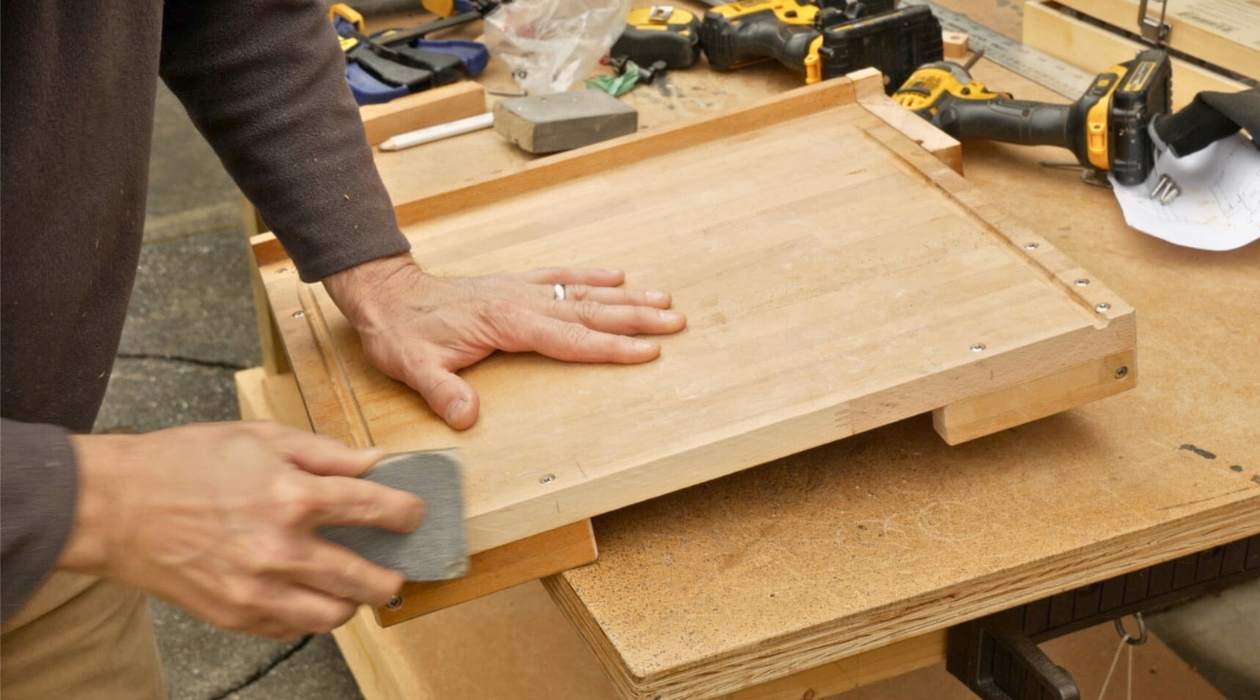
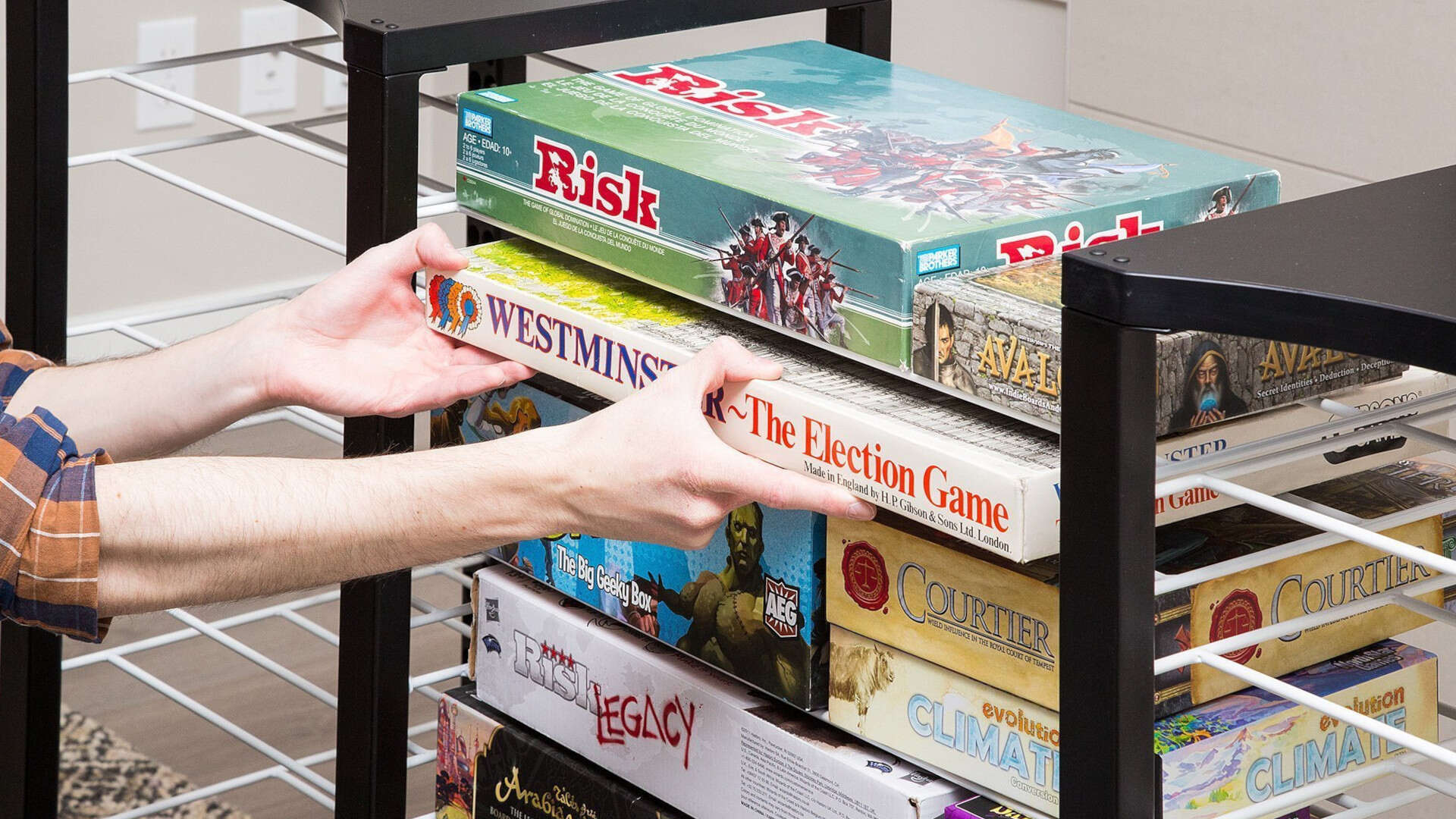

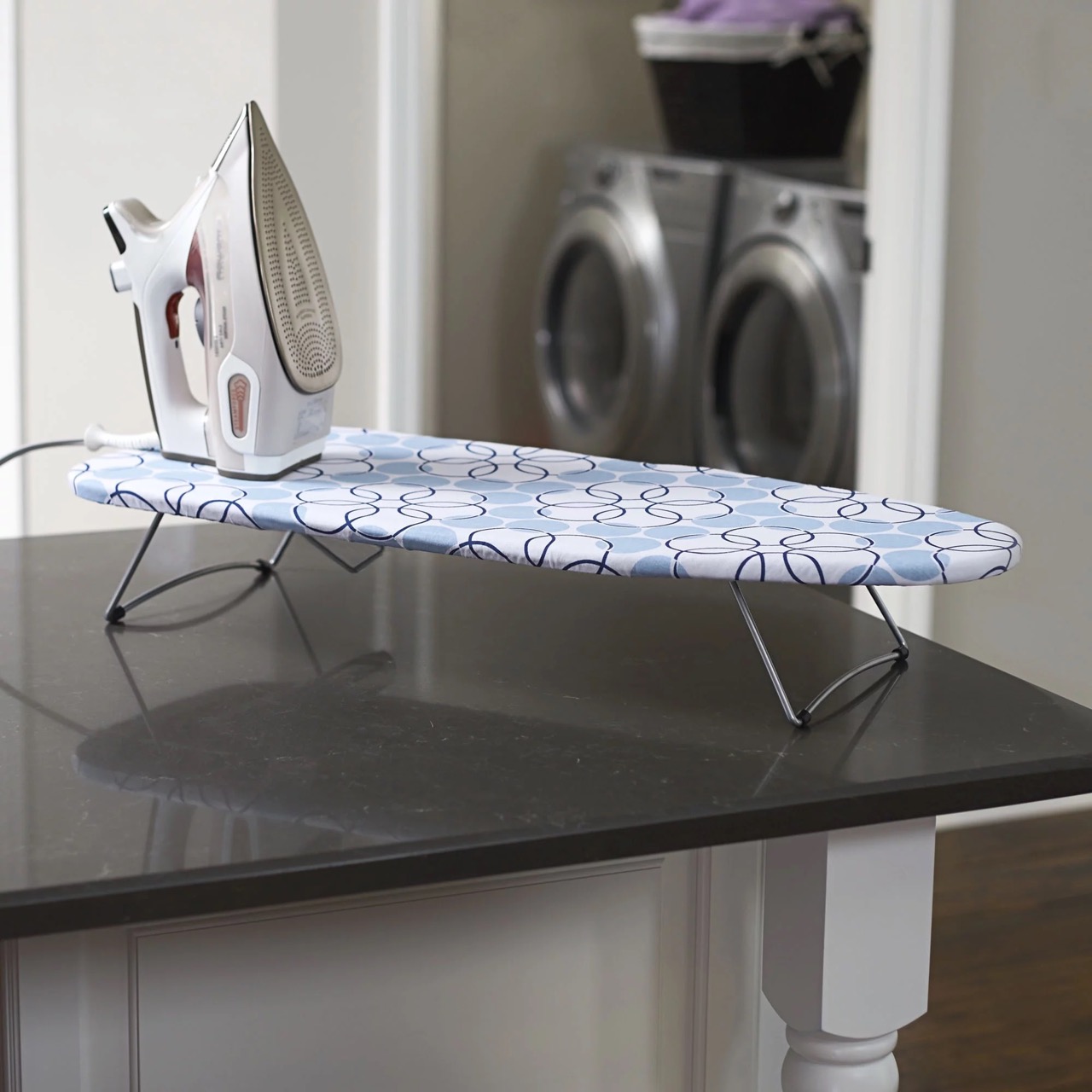

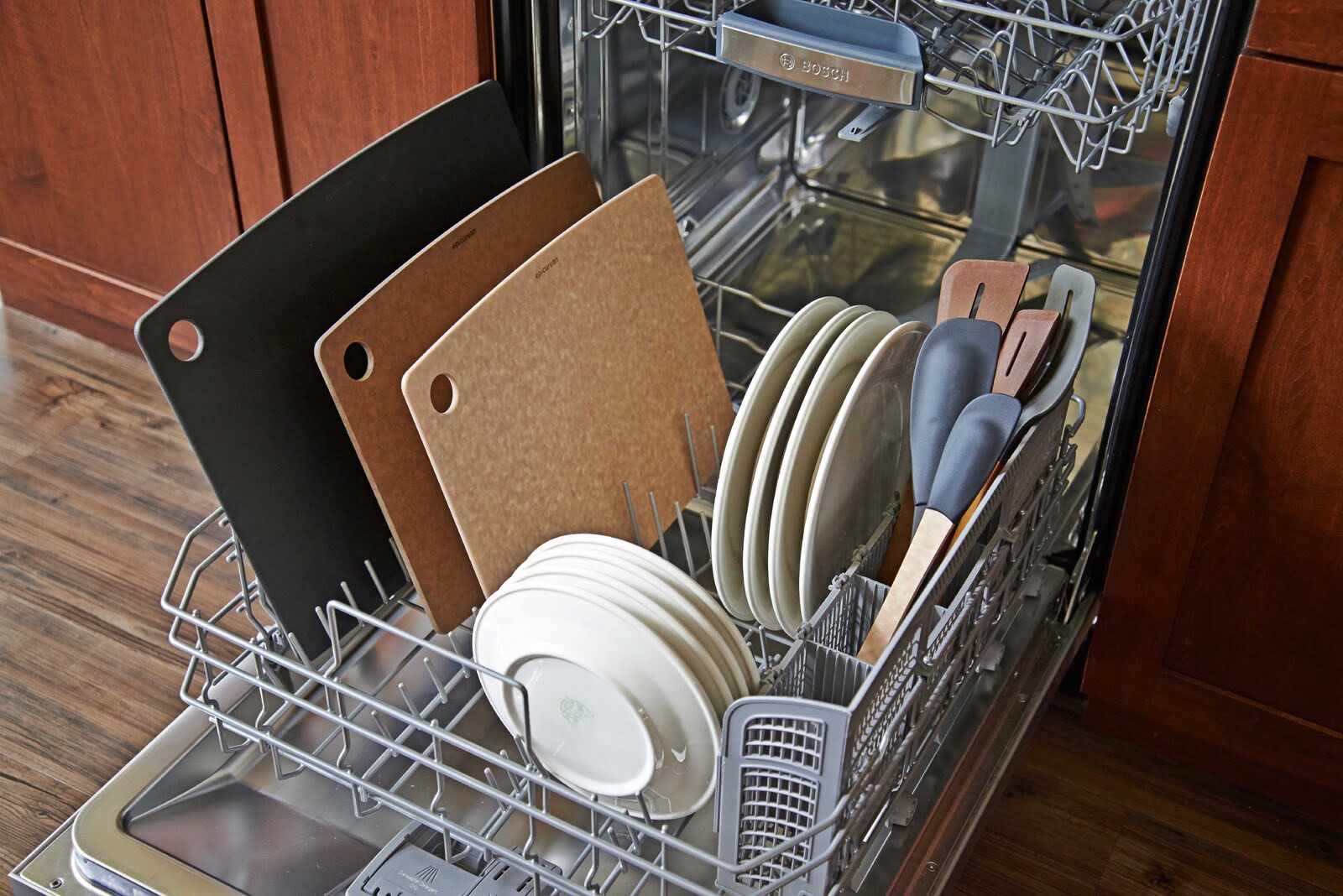
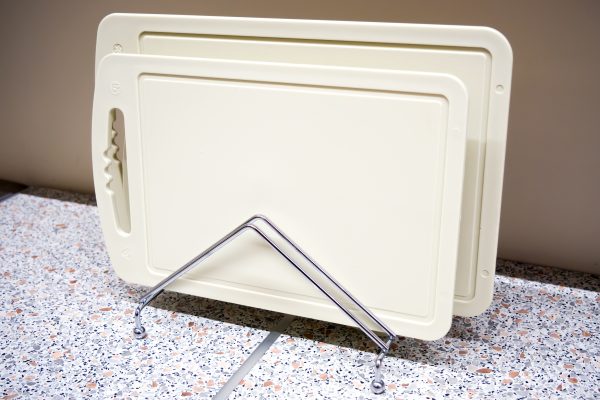

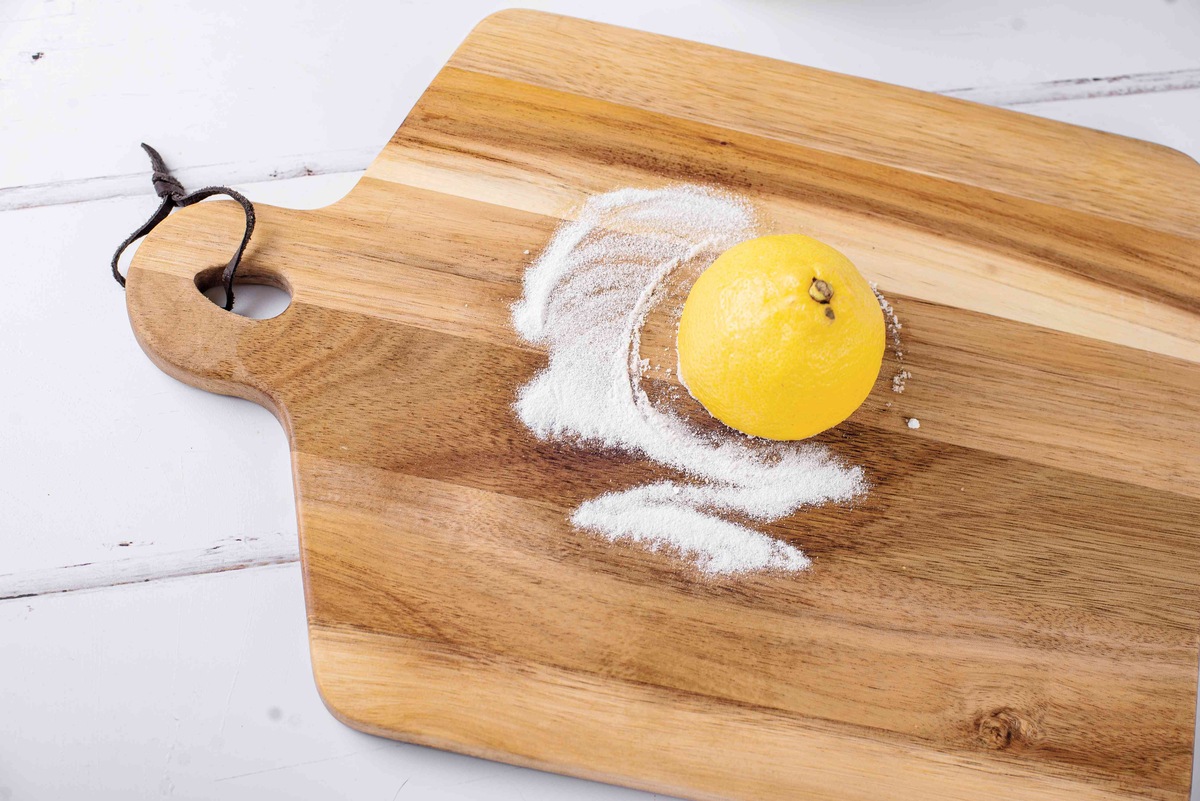


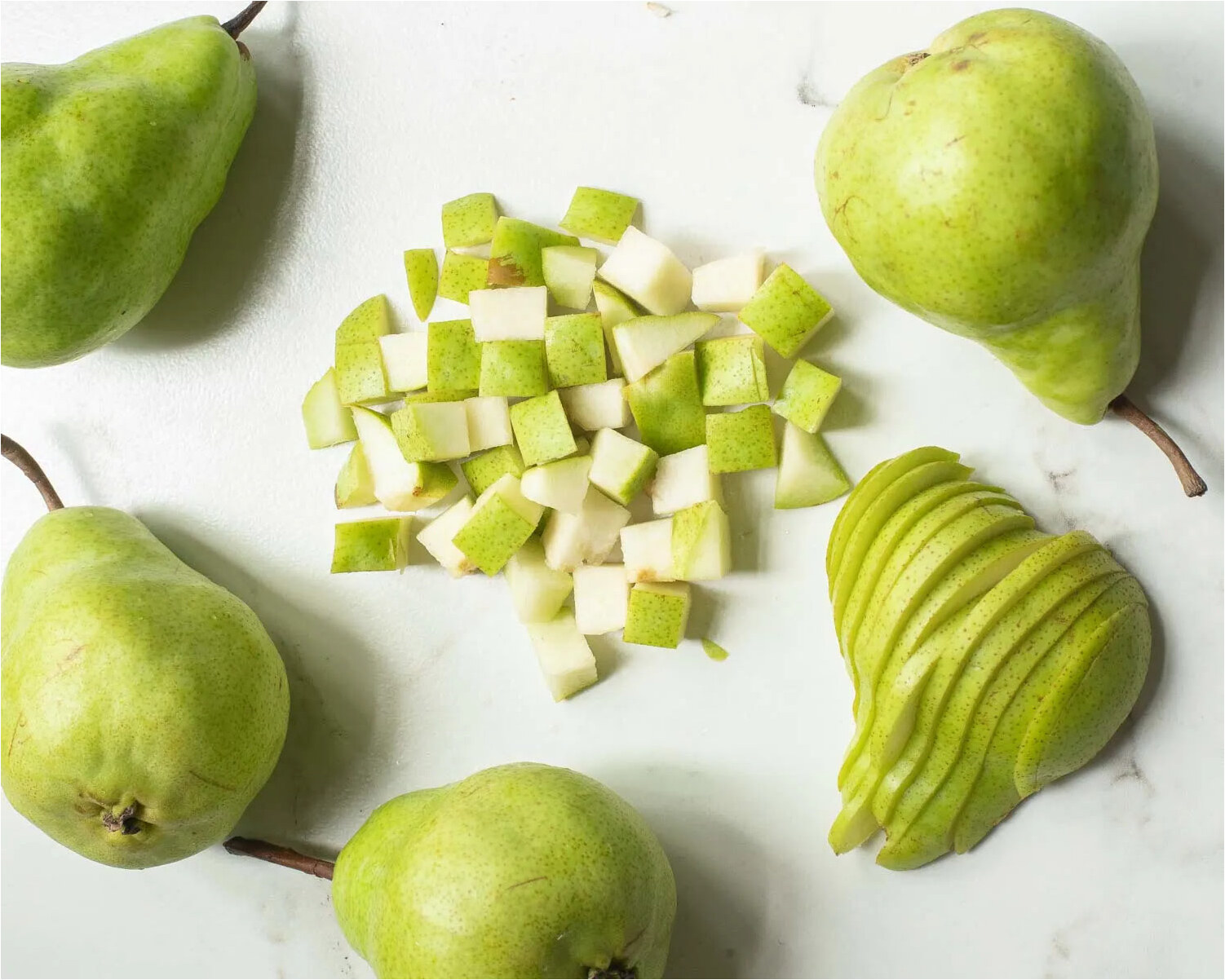
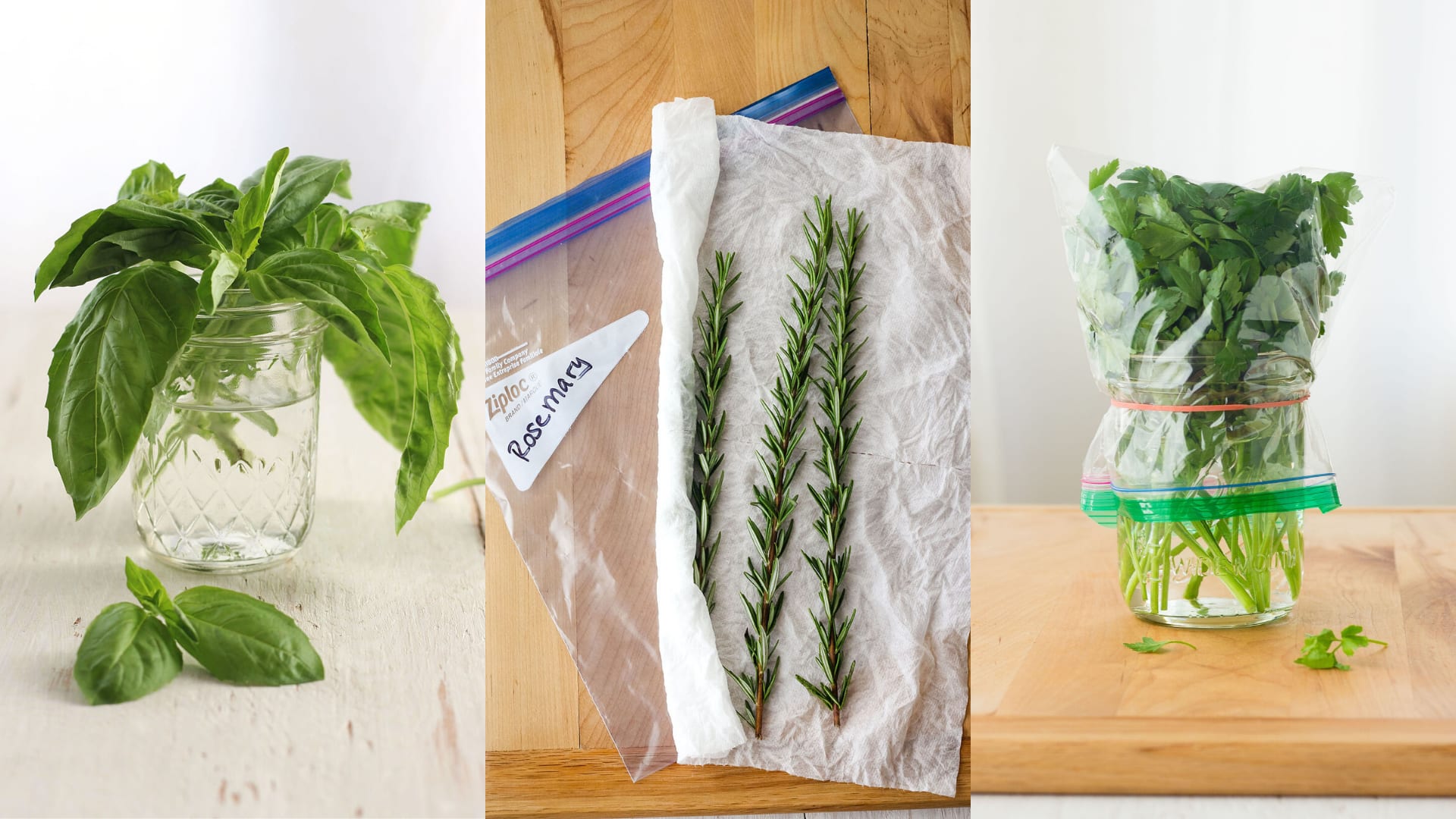

0 thoughts on “How To Store Cutting Board”